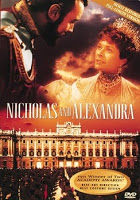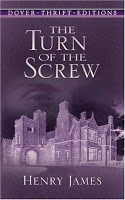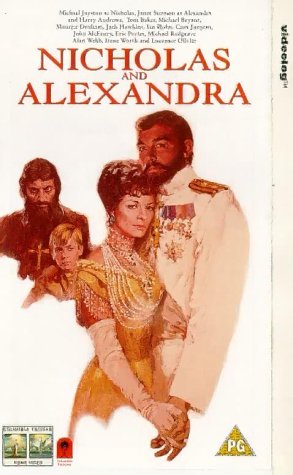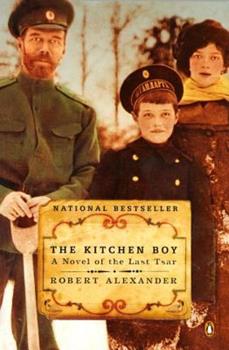What a doll!
Our eminent researcher of all things hemophilia, Richard Atwood of North Carolina, has found a book with “paper” dolls related to hemophilia! I certainly had paper dolls growing up, and apparently, we still have them for kids these days.
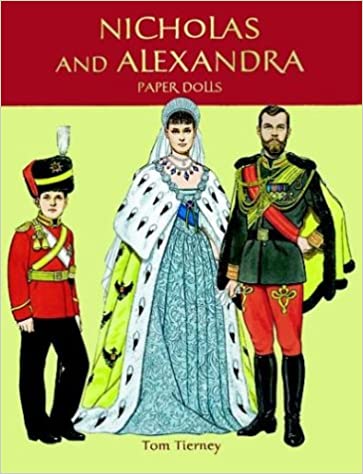
Nicholas and Alexandra Paper Dolls, published in 1998, is an oversized book (9”x12”) on the family of the last Romanov Tsar, Nicholas II, whose son Alexei had hemophilia B. The book includes 11 dolls on 16 plates printed on lightweight cardboard. There are two pages of text with notes and instructions to provide historical insights and fashion commentary. Alexandra has two dolls, accompanied by six dresses, including her 1894 wedding dress and 1896 coronation dress, plus ball gowns. Nicholas has two dolls, accompanied by five uniforms. Alexei’s older sisters, Olga, Tatiana, Marie, and Anastasia all wear the same casual dresses, that may be covered by two sets of identical dresses. Alexei is dressed in a sailor suit that may be covered with a uniform. Other dolls are the mad monk Gregory Rasputin in a monk’s garb and Clementy Nagorny in a sailor suit. The book cover illustration could also be used as dolls for Nicholas, Alexandra and Alexei.
The life of Alexei is briefly summarized. Alexei was born in August of 1904. From his mother, he inherited hemophilia B that was soon evident to the family, who did not publicly reveal it. Hemophilia was a deadly disease then, with no known cure. The bleeding bouts caused pain. Gregory Rasputin is described as a healer who used hypnosis to relieve Alexei’s suffering. Rasputin is also described as a lecher, a drunkard, and a con man. Clementy Nagorny was one of two sailors who acted as Alexei’s nanny.
Alexei is correctly shown with a bent left leg, though the metal brace he wore for most of 1913 is hidden. Something not revealed in the text is that Alexei’s accident at Spalo in 1912 caused femoral neuropathy (or paralysis of femoral nerve) due of an iliacus hematoma (or an iliopsoas muscle bleed). This was the medical reason for his hip flexion and bent leg. The metal brace, not Rasputin, straightened Alexei’s left leg. The instructions printed in the book do not mention the need for a sharp cutting tool such as an X-Acto knife in order to remove the dolls and clothes from the book pages.
The author, Tom Tierney, who is an artist, has signed each of the 11 dolls. Tierny is known for his series of paper dolls for a variety of historical figures, including Queen Elizabeth II, Michelle Obama, Abraham Lincoln, Shakespeare characters, and more.
And, you can still buy this on Amazon.com!
From Mineola, NY: Dover Publications. 32 pages.

